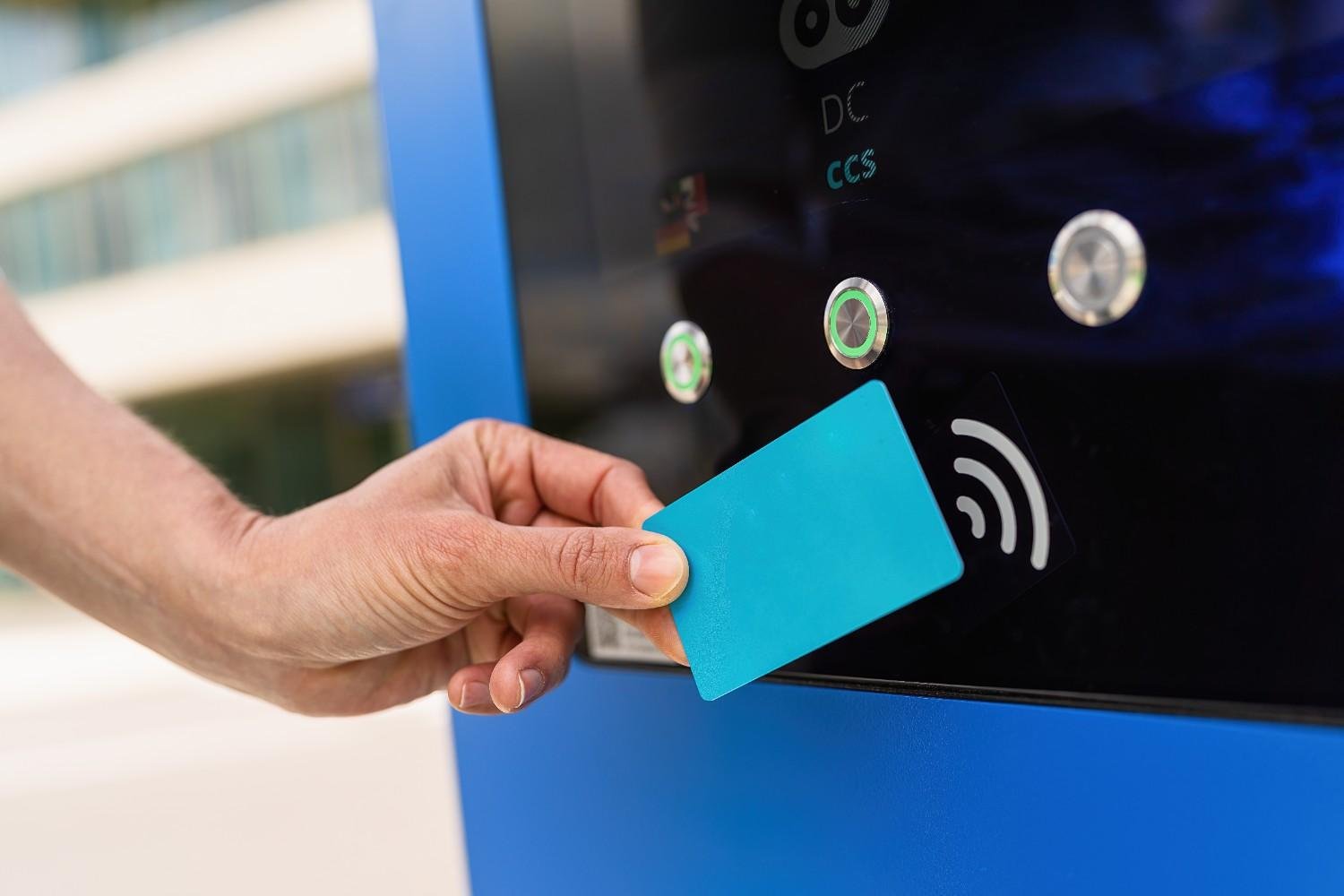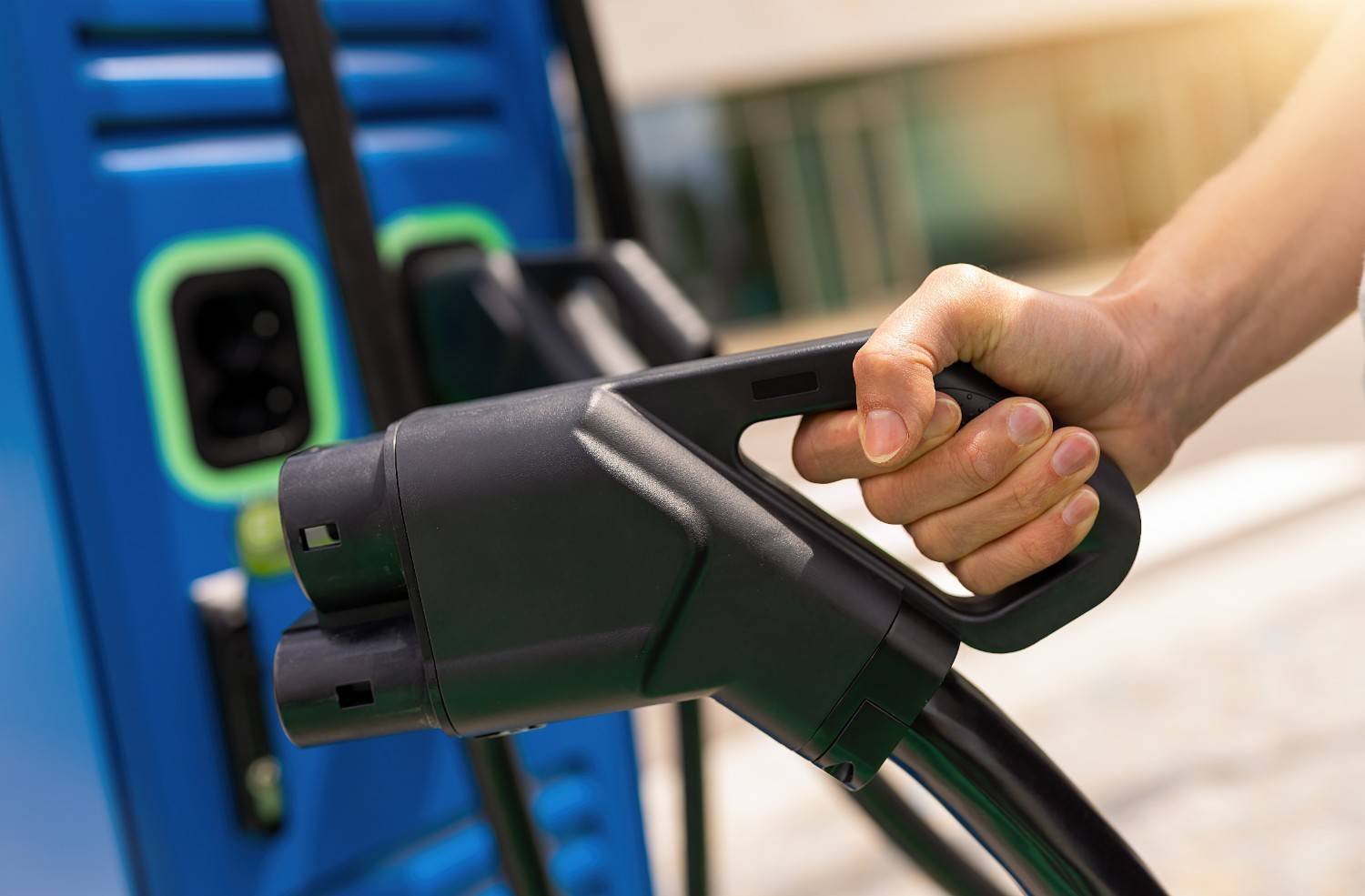EV Cards: What They Are and Why You Might Need One
Key Insights:
EV charging cards (RFID cards) offer a reliable alternative to apps and contactless payments, particularly useful when mobile signals are weak or app issues occur.
While many charging stations now accept contactless payments, keeping an RFID card as backup ensures you're never stranded without a way to charge.
Business fleet managers can benefit from dedicated charging cards that centralise billing and provide detailed usage reports across multiple vehicles.
The UK charging network is increasingly moving toward a multi-network approach, with roaming services reducing the need for multiple RFID cards.
As electric vehicles become increasingly common on UK roads, understanding the different ways to pay for charging is essential for both new EV drivers and businesses managing electric fleets. While smartphone apps and contactless payments are growing in popularity, RFID charging cards remain a staple payment method across many charging networks.
Let's explore what these cards are, how they work, and whether you really need one in today's evolving charging landscape!
What Is An EV Charging Card?
An EV charging card is a plastic card equipped with Radio-Frequency Identification (RFID) technology that allows you to authenticate and activate public charging stations. Similar to contactless payment cards or hotel key cards, these specialised cards let you start and stop charging sessions by tapping them against the charging point's reader.
Each card is linked to your user account with a specific charging provider, enabling the system to identify you, authorise the charging session, and handle billing accordingly. The card essentially serves as your digital key to accessing a network's charging infrastructure.
Many major UK charging networks issue their own RFID cards, including:
InstaVolt,
IONITY,
Shell Recharge.
Some networks also offer multi-network or "roaming" cards that work across various charging providers, helping reduce the number of cards you need to carry.
Benefits of Using an RFID Charging Card
Everyone is reliant on their smartphone, whether you’re an Apple or Android user. While smartphone apps are becoming increasingly popular for charging authentication, RFID cards offer several distinct advantages that make them worth considering as part of your EV charging toolkit...
Reliability When Technology Fails
There’s nothing more annoying than when you’re at a charging station and your phone is dead or you’ve accidentally been logged out of your charging app account.
While apps are convenient, they rely on a mobile signal and functioning smartphones. RFID cards are a good backup in situations such as:
You're in areas with poor mobile reception,
Your phone battery is low,
The charging station's app integration is experiencing technical issues.
You need to charge in a hurry without logging into accounts.
Simplified Fleet Management
For businesses with multiple electric vehicles, charging cards offer valuable benefits:
Centralised billing for all company vehicles,
Detailed reports of charging activity across your fleet,
Ability to assign cards to specific drivers or vehicles,
Easier expense management and cost tracking.
Consistent User Experience
Once you're familiar with using an RFID card, the experience is similar across different charging stations, even when the hardware varies. This consistency can be reassuring, especially for new EV drivers still getting comfortable with public charging.
Transaction Tracking and Management
Most charging cards link to online accounts where you can:
View your charging history,
Monitor spending,
Access and download invoices,
Track energy usage,
Manage multiple cards (for families or businesses).
Do You Need An RFID Card to Charge Your EV?
The short answer is: not always, but having one can be valuable.
The UK's charging infrastructure has been evolving rapidly, with many newer chargers offering contactless payment options. As of February 2025, the UK has 15,109 rapid or ultra-rapid charging devices across 5,850 charging locations in the UK. The majority of these accept contactless payments. However, the situation varies significantly across different networks and charger types.
When an RFID Card Might Be Essential:
Using older charging stations without contactless options,
Accessing membership-only networks with discounted rates,
Charging at a workplace or community charger with restricted access,
Managing a business fleet with centralised billing needs,
Using certain networks that still require their proprietary cards.
When You Might Skip the Card:
If you primarily use newer rapid chargers with contactless payment,
When charging networks you regularly use, have reliable smartphone apps,
If you charge mainly at home or at free public chargers.
Many experienced EV drivers recommend keeping at least one charging card as a backup, even if you primarily use apps or contactless payments. It's the equivalent of keeping a spare key – you hope you won't need it, but you'll be glad to have it when you do.
How to Get an EV Charging Card
Obtaining a charging card is, for the most part, straightforward:
Choose a charging network that aligns with your typical driving routes and locations.
Visit the provider's website to register for an account.
Request a card during registration (some providers charge a small fee, usually £5-10).
Activate your card when it arrives (typically within 3-7 working days),
Link a payment method to your account for billing.
For businesses implementing The Electric Car Scheme, we can provide guidance on choosing the most appropriate charging cards for your employees, including options for The Charge Scheme, which offers salary sacrifice benefits for charging costs.
Subscription vs Pay-As-You-Go Options
Some charging networks offer two different primary payment options. Here are the main differences between the two:
| Subscription-based | Pay-as-you-go |
|---|---|
| Includes a small monthly fee | No monthly commitment |
| Lower per-kWh rates | Slightly higher per-kWh rates |
| Additional benefits like priority customer service | More flexibility for occasional users |
| Idea for frequent users of a specific network | Better for drivers who use multiple networks |
Before committing to a subscription, you should analyse your typical charging patterns to determine if the monthly fee will be offset by the discounted rates.
Using Your EV Charging Card
Using an RFID card is super simple!
Locate a compatible charging station using the provider's app or website,
Park and connect your charging cable to both the vehicle and charger,
Tap your card against the reader (usually marked with an RFID symbol),
Wait for authentication (typically indicated by a light or screen message),
Charging begins automatically,
To end the session, tap your card again (some networks end automatically when you unplug),
Receive a receipt via email or in the app.
Troubleshooting Common Issues
If your card isn't working:
Make sure it is definitely activated and linked to an active account,
Check if your account has sufficient funds or a valid payment method,
Try tapping the card in different positions on the reader,
Contact customer service if problems persist (keep their number saved in your phone).
RFID Card Options for Businesses
Companies with electric vehicle fleets face unique challenges in managing charging across multiple vehicles and drivers. Specialised business charging cards offer solutions designed specifically for these needs...
Fleet Charging Cards
If your business has multiple electric vehicles, dedicated fleet charging cards offer significant advantages:
Centralised billing: All charging expenses appear on a single invoice,
Detailed reporting: Access comprehensive data on when, where, and how much each vehicle charges,
User management: Assign cards to specific drivers or vehicles.
Cost controls: Set spending limits or restrict usage to certain times/locations.
VAT-compliant invoicing: Simplify tax and expense management.
Workplace Charging Schemes
For businesses with on-site charging, specialised RFID cards can:
Control access to company charging points,
Track employee usage for reimbursement or billing.
Allocate charging costs to different departments,
Provide preferential rates for employees,
Integrate with existing building access systems.
The UK Government's Workplace Charging Scheme (WCS) offers vouchers to help businesses install charging points, which can then be managed with RFID cards or other access methods. For HR professionals looking to implement workplace charging alongside The Electric Car Scheme, we can provide guidance on setting up these systems efficiently.
Multi-Network Roaming Cards
To reduce "card clutter," several companies now offer roaming services that work across multiple charging networks:
Zap-Pay: A unified payment system that works across a growing number of networks
Allstar One Electric: A fuel card specifically designed for fleets with both ICE and electric vehicles
These services typically charge a small premium but provide the convenience of a single card and consolidated billing across different networks.
The Charge Scheme: Salary Sacrifice for EV Charging
For businesses already offering salary sacrifice through The Electric Car Scheme, The Charge Scheme provides an additional benefit that can help employees save 20-50% on all their charging costs.
The Charge Scheme includes:
A dedicated RFID card and app for accessing public charging networks,
Salary sacrifice arrangements for all charging costs,
Significant tax savings for employees,
Simple administration for employers,
Comprehensive reporting for both employees and businesses.
This innovative approach makes The Electric Car Scheme even more attractive for employees considering the switch to an electric vehicle, as it addresses both the vehicle cost and ongoing charging expenses.
The Future of EV Charging Authentication
While RFID cards remain common today, the industry is gradually moving toward more seamless options:
Plug and Charge technology: Allows the car to authenticate automatically when plugged in,
Enhanced app integration: Using smartphone location and Bluetooth to authenticate,
Vehicle-integrated payment systems: Charging payment managed through the car's infotainment system,
Universal authentication standards: Reducing the need for network-specific cards.
Despite these advances, RFID cards are likely to remain a reliable backup option for years to come, particularly for business applications where clear audit trails are essential.
Conclusion: Do You Need an EV Charging Card?
| For new EV drivers | For businesses |
|---|---|
| Getting at least one RIFD card from a network in your area | Consider fleet-specific charging cards for simplified management |
| Exploring multi-network options if you drive across different regions | Explore The Charge Scheme for employee benefits |
| Download relevant charging apps as your primary method | Implement workplace charging with appropriate access control |
| Keeping the card as a reliable backup | Make sure your solution provides the reporting method needed for cost allocation, if applicable |
Whether you're an individual driver or managing a company fleet, understanding your charging payment options ensures you're never left stranded without a way to charge. As the UK's charging infrastructure continues to expand and evolve, having flexible payment methods will help you adapt to whatever the future holds.
Ready to learn more about implementing The Electric Car Scheme or The Charge Scheme at your workplace? Book a demo here.
Last updated: 30.03.25


